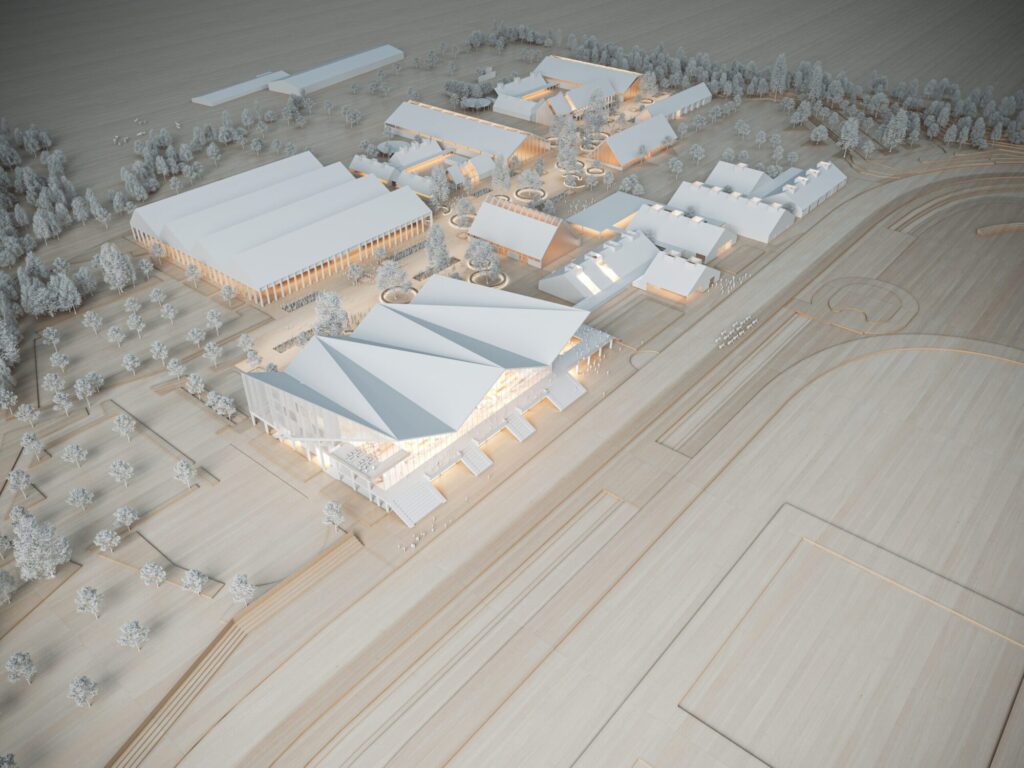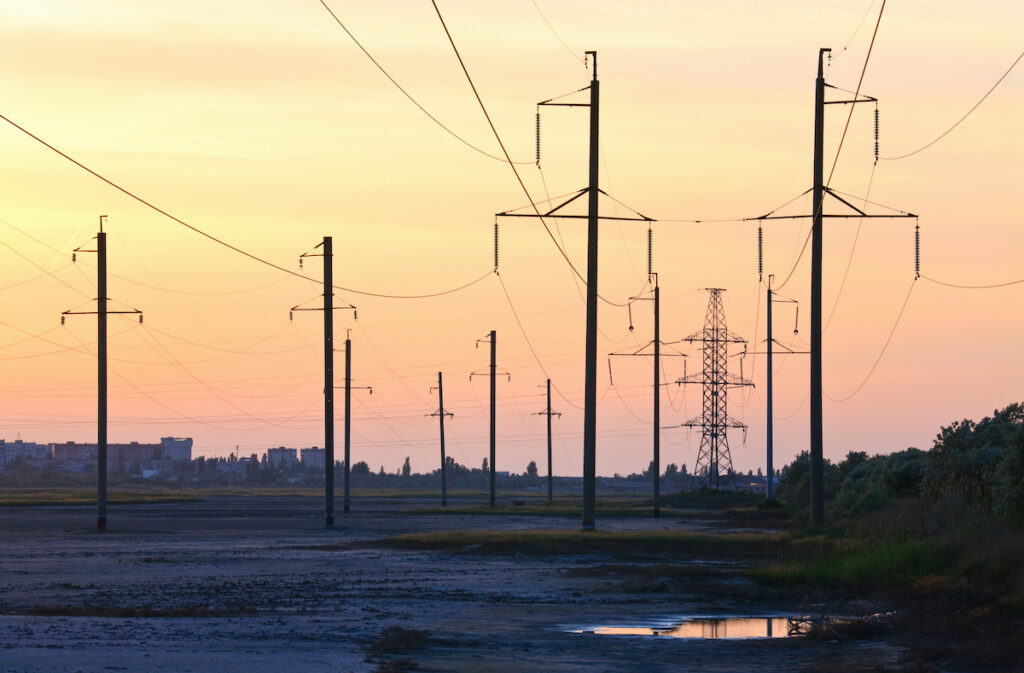Operational support in development of a revolutionary grid computation tool

It is no secret that major changes are taking place in the Swedish energy system. The electricity grid was largely built several decades ago and designed for the electricity needs of a different era. If a large-scale investment in electrification is to take place, the electricity grid must also be able to handle larger power flows. An accompanying challenge is knowing where in the grid the need for reinforcements is greatest. This is a challenge that the client spends a lot of time and resources on to find a solution.
Case study for new energy solutions at Jägersro Hästcenter

Contribution to the electricity mix from intermittent energy sources such as wind and solar increases steadily every year, in favor of plannable power. At the same time, the need for electricity will continue to increase with the electrification of the transport and industrial sectors, which also leads to new patterns in consumption. Together, this will change the conditions for the Swedish electricity system in such a way that production and consumption need to be more intertwined. Parallel to this, Sweden faces challenges when it comes to electricity supply, with its transmission system suffering from lack of capacity and the risk of temporary power shortages.
Coordination within projects for risk and vulnerability analysis

The electricity grid is an extremely complex system that is an essential cog for the Swedish energy supply. Electricity consumption is also expected to increase sharply in the coming decades, which will further increase the importance of the electricity grid. At the same time, large parts of the electricity grid are outdated and so is the way of working around delivery security. In order to be able to make informed and more reality-based decisions regarding the electricity grid's supply security and potential risks, better insights are needed into the grid's current network components.
